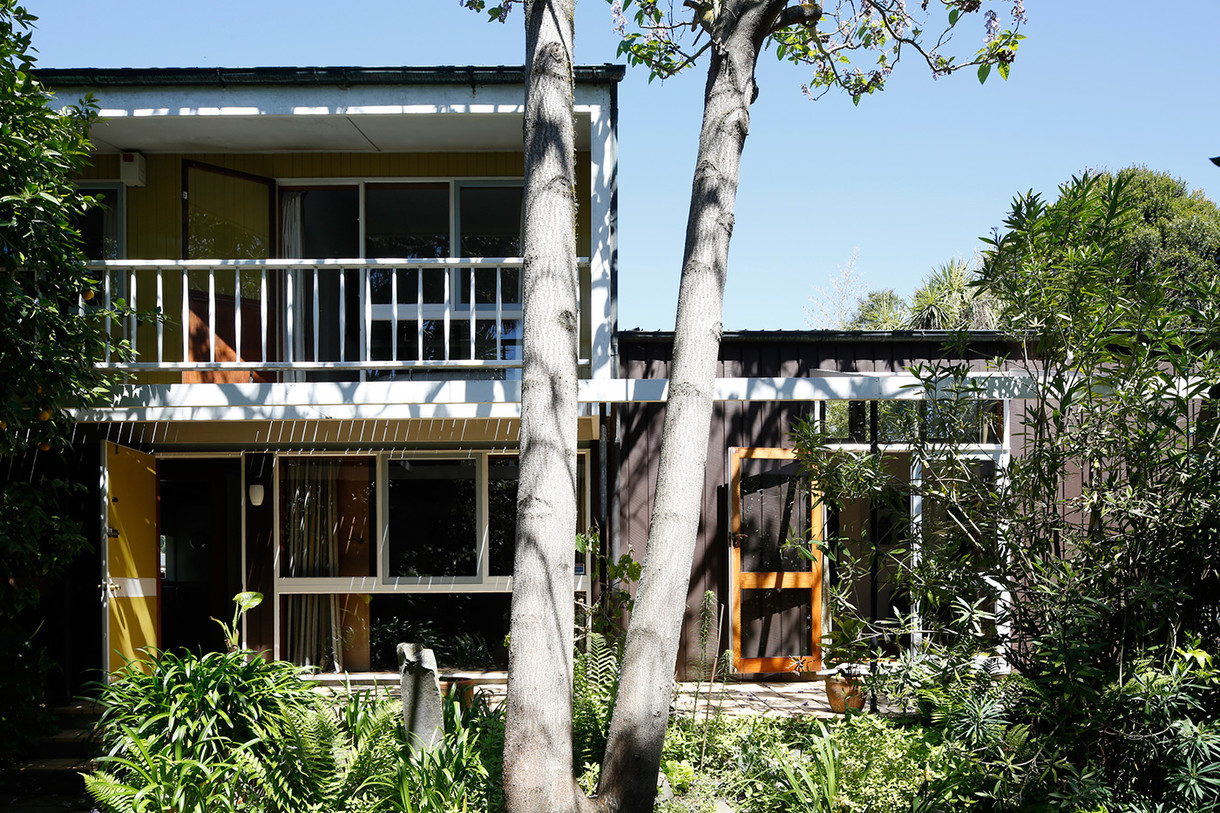An Italian sojourn
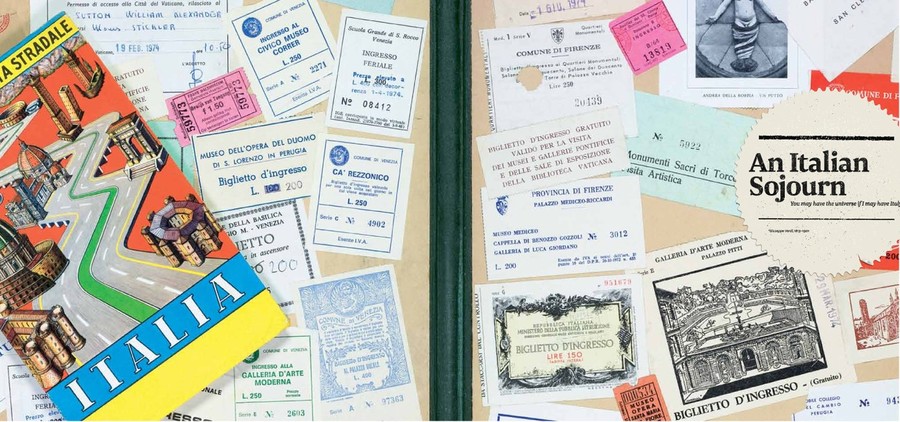
William Sutton's Italian folio
Pat Unger on William Sutton's 1973 Italian sabbatical.
In 1973 the University of Canterbury granted W.A. Sutton, ‘Bill', sabbatical leave – three-hundred days of freedom he called it – and he chose to spend all but thirty of those days in Italy.
From about the fifteenth to seventeenth century, Italy experienced a Renaissance – a rebirth of classicism and aesthetics that revitalised the country's literature, science and art, and made it a magnet for all manner of future devotees and dreamers.
Giovanni Canaletto (1697–1768) painted wondrously topographic views of Venice, which became so popular with English visitors on their Grand Tour that he temporarily shifted to London to be closer to his collectors' market. The romantic poets embraced Italy's allure, albeit with romantically tragic outcomes: two years in Italy were a great creative writing period for poet and revolutionary Lord Byron (1788–1824) before he died furthering the cause of Greek independence; Percy Bysshe Shelley (1792–1822) travelled around Italy, indulging his prolific literary and tempestuous personal life, before his untimely death in a boating accident near Livorno; and John Keats (1795–1821), who hoped Italy would revitalise his writing and improve if not cure his consumption, died in Rome, aged twenty-five. In 1895 the first Venice Biennale was held to promote new artistic trends, followed later by festivals for film, contemporary music and theatre. These events continue to keep Italy at the cutting-edge of the world's creativity today.
In 1973, Bill – scholar, innovative artist and admirer of the Renaissance principles of harmony and proportion – saw Italy not only as an encapsulation of his art learning, but also as a step to new insights. This was later well realised in Te Tihi O Kahukura (Citadel of the Rainbow God) and Sky (1976–7), a series of ten large paintings of Canterbury's skyline touched with Renaissance grandeur.
During his sabbatical, Bill visited Rome, Florence, Venice, Ferrara, Ravenna, Arezzo, Urbino, and Perugia. He revelled in their art, history and architecture and his diaries, letters and notes glow with enthusiasm. He totally rejected photography: this voyage was to be recorded in watercolour and sketch alone. Entries in Bill's diary show that he packed ‘a large wad of light-weight Sanders paper which takes colour nicely without stretching first and [hoped] to bring back a bundle of elegantly nostalgic w/cs'. He certainly achieved his aim: over one hundred works recording his travels are now in the Gallery's collection.
Arriving in Rome on 18 December 1973, Bill rushed all over the city, visiting art galleries, monuments, historic buildings and cathedrals. His first painting was the Palatine from the Circus Maximus 23 December 1973 and his diary of that day reads ‘Feet much improved'-a reference to all his intensive sight-seeing. He visited New Zealanders staying in Rome, yarned with the locals and made friends
easily. Bill's diaries note many ‘bright but cold' days, and when it ‘rained like hell'. Painting St. Peter's and Castel di S. Angelo, Rome, 29 December 1973, he ‘bloody well froze'.
After studying Velázquez, Raphael, Caravaggio, Bernini, Rubens and Botticelli among others, a diary entry on 17 January 1974, reads, ‘Feel the need of a day's sketching again, to unwind after all the masterpieces.'
Answering the historic call to ‘See Naples and die', Bill travelled to the city by bus on 26 January: ‘Naples brilliant... Pompeii for 1½ hours then on to Sorrento. Superb town... down to Capri, steep and spectacular, up impossible heights... 2 beers for morning tea and then back to Sorrento...'
Back in Rome two days later, not a site was missed by our peripatetic art-tourist: his diaries record virtually every famous feature of the ‘eternal city'-ceilings, walls, forums, ruins, mosaics, internal spaces and external spaces, ‘up all those damn stairs' here and ‘up half a million steps' there. The Vatican Museum thrilled him. He drew from their sculptures and friezes, and his birthday treat (1 March) was a long viewing of ‘Michelangelo's ceiling and wall'.
On Sunday, 3 March, his diary reads: ‘walked down to St. Pietro and heard Mass-superb. Then outside to see Pope bless, at 12 noon. Most impressive all told.' A declared agnostic, Bill nevertheless enjoyed many a religious occasion. Even an attack of ‘Florence Belly' saw him ‘going quietly to the Church of the Trinity [to sit] for an hour with Ghirlandaio's altarpiece...'
On 20 March Bill caught the express train to Florence. His comment? ‘[Their] art is superb.' More Titians, Poussins, Lippis, and Goyas; more cathedrals, museums, monasteries and palaces; more frescoes, murals, and rural views. While in Florence Bill records a ‘wonderful day-off to Boboli Gardens and lay in the grass and drew until 3pm. Wild flowers just like the meadows of Angelico and Botticelli... Late lunch, 2 bottles of beer and roll.'
Arriving in Venice by train on 24 April, this city of crumbling grandeur awash in sea and light captivated him. He saw it as an ideal site for watercolour and, significantly, nearly a quarter of his painted sketches are of Venice.
The Dogana and entrance to the Grand Canal, Venice, 17 May '74 shows the old Custom's House, the Dogana at the entrance to the Grand Canal, and behind it, the domed basilica of Santa Maria della Salute, described as the masterpiece of Venetian Baroque. Today, as if defying the Adriatic Sea's encroachment, the Dogana is a superbly renovated gallery exhibiting French billionaire Françios Pinault's weird and wonderful art collection.
Bill's painting of the Courtyard of the Doge's Palace with St. Marks 16 May, '74 is a marvel of architectural detail in space. After finishing it he wrote, ‘Had lunch, very little for a very great price... walked across to the Church of the Jesuits , under repair... rock'n'roll floor and amazingly rich walls and columns of inlaid marble, green and white to resemble brocade-acres of it, must have cost a bloody fortune.' Today's avid art trekker may well compare Bill's St Marks with the square now-lined with stacks of wooden platforms while sirens sound high tide alerts at fairly frequent intervals.
Venice is now a destination for creative flood-control engineers and global warming diviners as much as for artists studying Renaissance inventiveness and the Biennale's conceptual advances. They may yet save this unique city. Perhaps Bill's watercolours will become valued as historic, as well as nostalgic, records of Venice's past glory.
Along with making notes about the area's dramatic weather events and optimum conditions for success with watercolour washes, Bill described his travels to Padua, Verona, Mantua and stays in Ferrara and Ravenna. He visited the basilica of Sant'Apollinare in Ravenna and pronounced it, ‘...splendid, almost alone in a lovely countryside and the mosaics in the apse are like a green bowl full of fresh leaves and fruits... ventured inside and the shock of the sheer beauty and simplicity was breathtaking.'
Arezzo he found ‘Altogether the most beautiful smaller city I've seen yet.' His most enduring memory of Italy was of the artist Piero della Francesca (1416?–1492), whose work can be constantly seen in and around Arezzo. Day trips through central Italy and the Adriatic Coast, with a brief stay in Urbino and Perugia, saw Bill's last painting, the Church and Via S. Ercolano, Perugia, 16 August 1974. Returning to Rome on Saturday 17 August, he stayed at the same hotel he had visited eight months earlier: ‘Alberto and Anna Granni and others made me very welcome.' And on Sunday 18, they all, ‘set off to [Alberto's or Anna's] mum's place, sisters-in law etc., lunch in a restaurant and on to brother Charlie's, in a small village outside Rome. Much fun and boozing and rowing on the Tiber.'
Bill left Italy, from Rome, by train for Amsterdam on Friday 23 August. It certainly had been a sabbatical leave of significance. As English writer Fanny Burney (1752-1840) is often quoted as saying, ‘Travel is the ruin of all happiness. There's no looking at buildings after seeing Italy.' Bill may well have agreed. He declared that he so ‘fell in love with Italy' that he could never go back again lest he never return to New Zealand.
Pat Unger
Pat Unger is an artist, critic and author. Her biography of Bill Sutton Bill's Story: A Portrait of W.A. Sutton, was published in 2008.








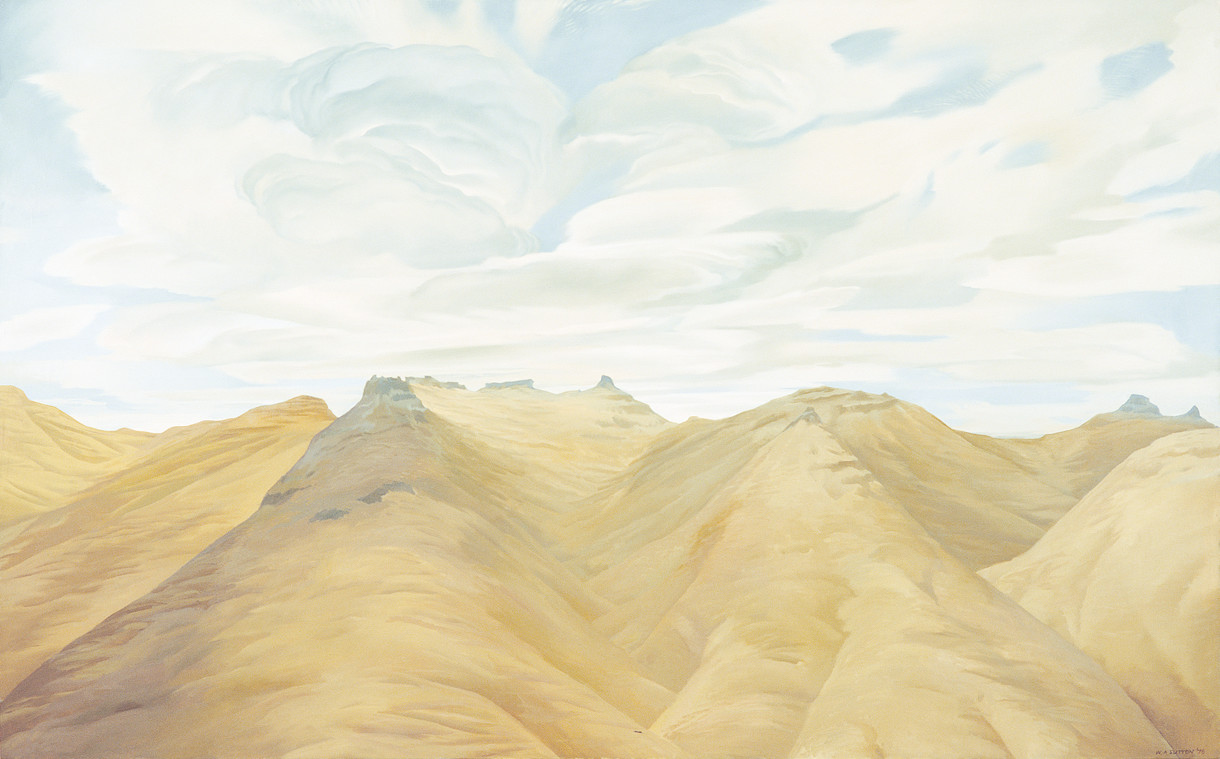
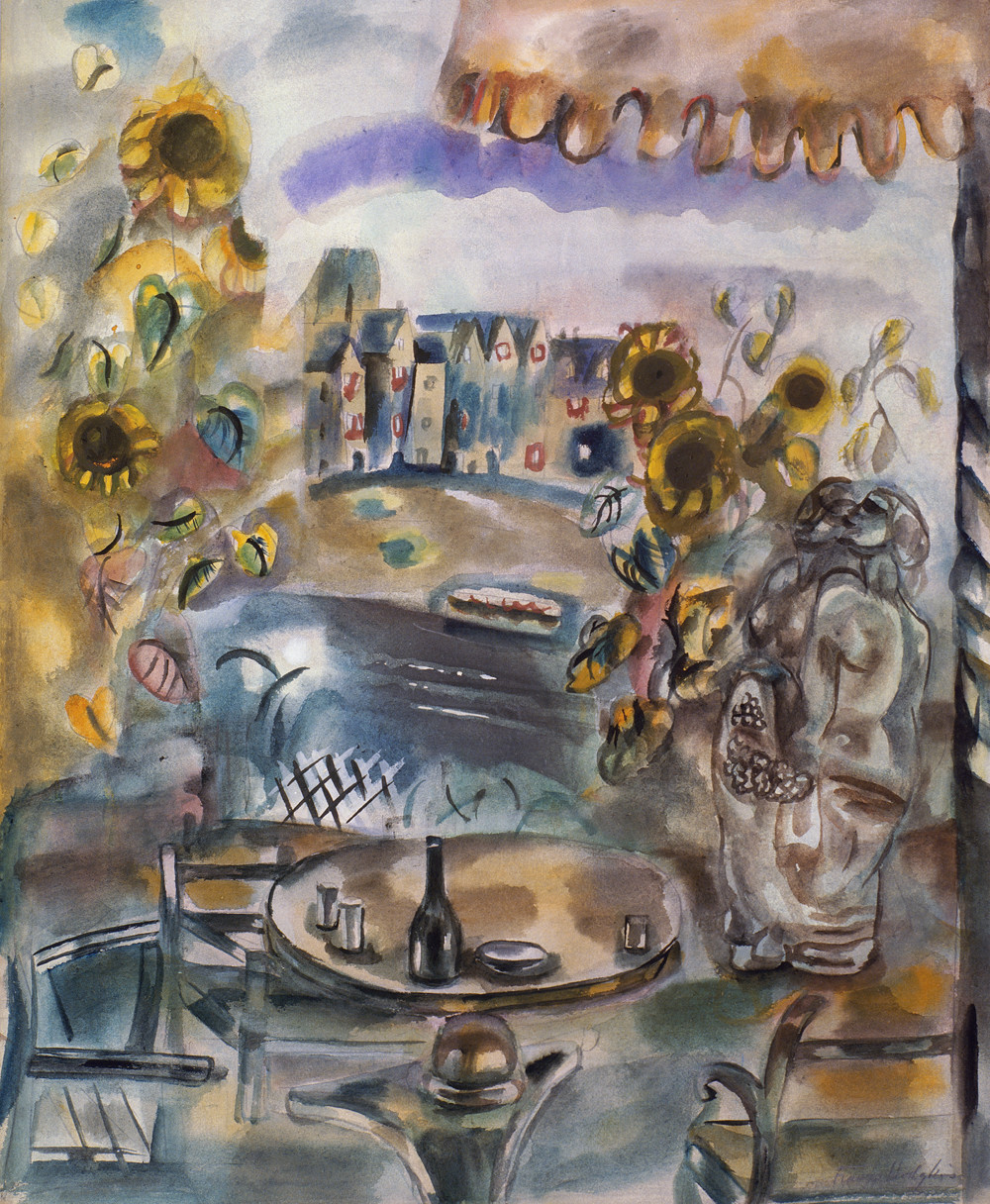
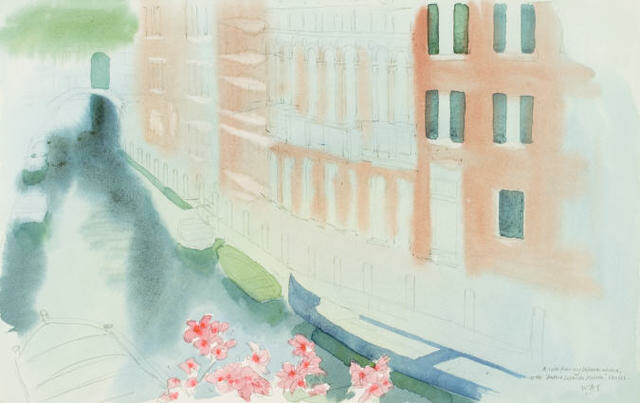

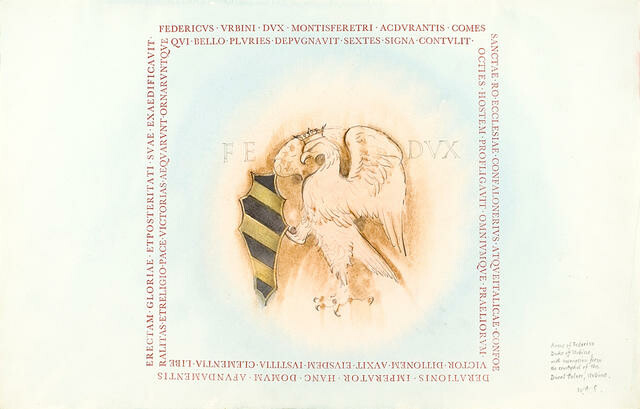
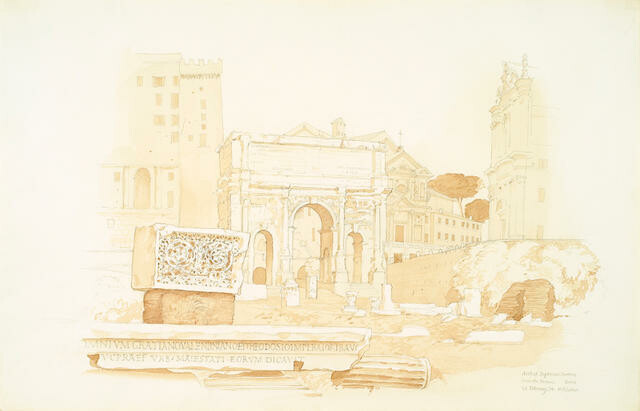
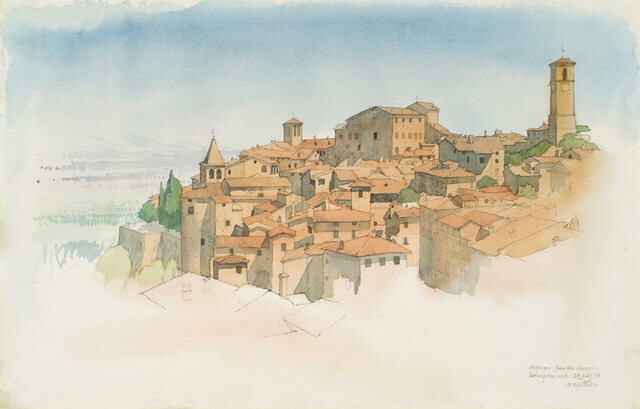
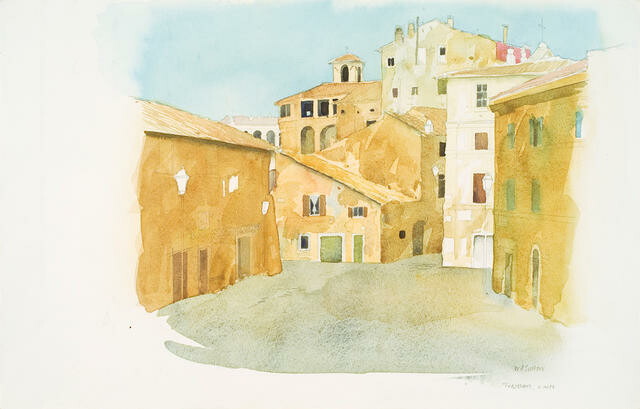
![Untitled [facade of buildings]](/media/cache/6f/32/6f32db0aefc387831a32408da8f4f38f.jpg)
